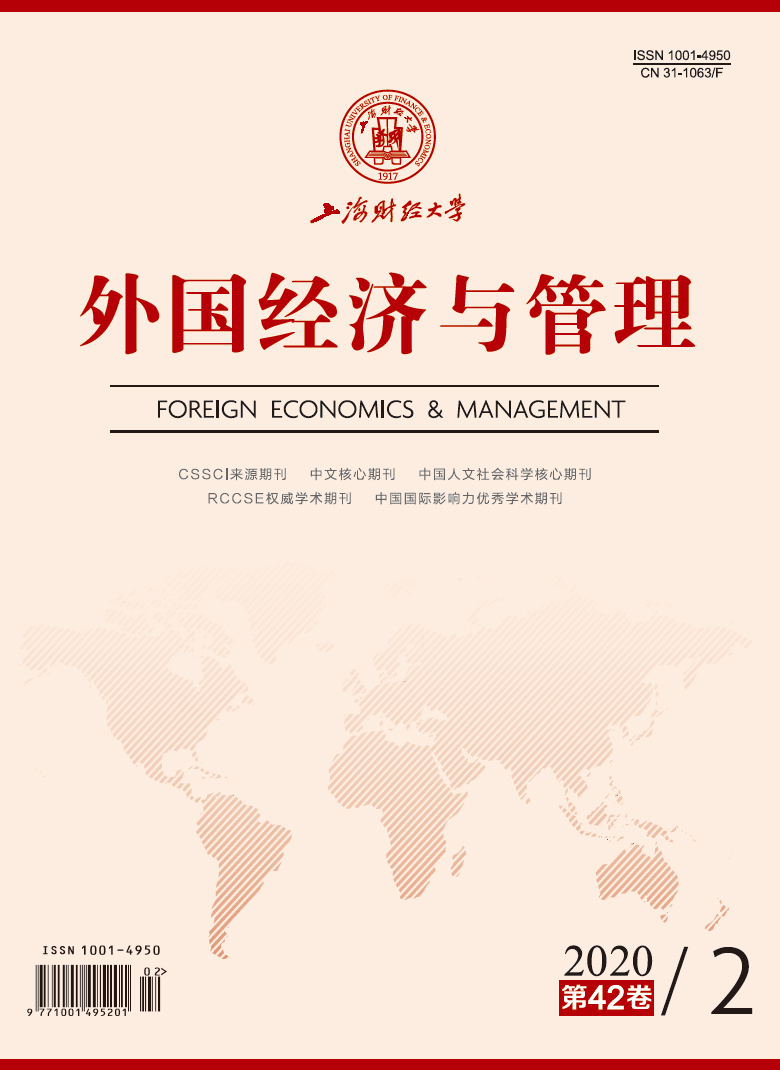众多品牌正致力于通过角色拟人的方式与消费者建立类人际关系,以此来加强品牌纽带。本研究探索了个体的主观地位对“仆人式”和“伙伴式”两种拟人品牌购买意愿的影响。通过三项实验,我们发现:(1)主观地位较低的个体对仆人品牌的购买意愿显著高于伙伴品牌;而主观地位较高的个体对两类拟人品牌的购买意愿没有显著差异;(2)有调节的中介分析显示,主观地位较低的个体感知到仆人品牌(vs.伙伴品牌)提供的地位感显著更多,从而对其的购买意愿更高;而主观地位较高的个体不会感知到两类拟人品牌提供的地位感存在差异,对两者的购买意愿也没有显著差异;(3)这一机制不受产品类型的影响,即无论是对于享乐品还是对于实用品,品牌拟人角色和主观地位对购买意愿的影响都遵循同样的路径。本研究推进了品牌拟人化与地位消费的研究,也为品牌拟人角色的设计和营销提供了策略参考。
地位补偿:“仆人式”品牌拟人对购买意愿的影响
摘要
参考文献
1 陈增祥, 杨光玉. 哪种品牌拟人化形象更受偏爱——归属需要的调节效应及边界[J]. 南开管理评论,2017, (3): 135-143. DOI:10.3969/j.issn.1008-3448.2017.03.013
3 莱特·米尔斯著, 周晓虹译. 白领: 美国的中产阶级[M]. 南京: 南京大学出版社, 2006: 189-204.
6 Aggarwal P, McGill A L. When brands seem human, do humans act like brands? Automatic Behavioral priming effects of brand anthropomorphism[J]. Journal of Consumer Research,2012, 39(2): 307-323. DOI:10.1086/662614
7 Alvarez C, Fournier S. Consumers’ relationships with brands[J]. Current Opinion in Psychology,2016, 10: 129-135. DOI:10.1016/j.copsyc.2015.12.017
8 Anderson C, Hildreth J A D, Howland L. Is the desire for status a fundamental human motive? A review of the empirical literature[J]. Psychological Bulletin,2015, 141(3): 574-601. DOI:10.1037/a0038781
9 Chen R P, Wan E W, Levy E. The effect of social exclusion on consumer preference for anthropomorphized brands[J]. Journal of Consumer Psychology,2017, 27(1): 23-34. DOI:10.1016/j.jcps.2016.05.004
10 Coleman N V, Williams P, Morales A C. Identity threats, compensatory consumption, and working memory capacity: How feeling threatened leads to heightened evaluations of identity-relevant products[J]. Journal of Consumer Research,2019, 46(1): 99-118. DOI:10.1093/jcr/ucy060
11 Dion D, Borraz S. Managing status: How luxury brands shape class subjectivities in the service encounter[J]. Journal of Marketing,2017, 81(5): 67-85. DOI:10.1509/jm.15.0291
12 Hayes A F, Rockwood N J. Conditional process analysis: Concepts, computation, and advances in the modeling of the contingencies of mechanisms[J]. American Behavioral Scientist, 2019, doi: 10.1177/0002764219859633.
13 Hur J D, Koo M, Hofmann W. When temptations come alive: How anthropomorphism undermines self-control[J]. Journal of Consumer Research,2015, 42(2): 340-358.
14 Kim H C, Kramer T. Do materialists prefer the “Brand-as-Servant”? The interactive effect of anthropomorphized brand roles and materialism on consumer responses[J]. Journal of Consumer Research,2015, 42(2): 284-299. DOI:10.1093/jcr/ucv015
15 Mandel N, Rucker D D, Levav J, et al. The compensatory consumer behavior model: How self-discrepancies drive consumer behavior[J]. Journal of Consumer Psychology,2017, 27(1): 133-146. DOI:10.1016/j.jcps.2016.05.003
16 Otterbring T, Ringler C, Sirianni N J, et al. The Abercrombie & Fitch effect: The impact of physical dominance on male customers’ status-signaling consumption[J]. Journal of Marketing Research,2018, 55(1): 69-79. DOI:10.1509/jmr.15.0247
17 Pan C, Pettit N C, Sivanathan N, et al. Low-status aversion: The effect of self-threat on willingness to buy and sell[J]. Journal of Applied Social Psychology,2014, 44(11): 708-716. DOI:10.1111/jasp.12261
18 Pettit N C, Sivanathan N. The plastic trap: Self-threat drives credit usage and status consumption[J]. Social Psychological and Personality Science,2011, 2(2): 146-153. DOI:10.1177/1948550610385138
19 Puzakova M, Aggarwal P. Brands as rivals: Consumer pursuit of distinctiveness and the role of brand anthropomorphism[J]. Journal of Consumer Research,2018, 45(4): 869-888. DOI:10.1093/jcr/ucy035
20 Puzakova M, Kwak H. Should anthropomorphized brands engage customers? The impact of social crowding on brand preferences[J]. Journal of Marketing,2017, 81(6): 99-115. DOI:10.1509/jm.16.0211
21 Puzakova M, Kwak H, Rocereto J F. When humanizing brands goes wrong: The Detrimental effect of brand anthropomorphization amid product wrongdoings[J]. Journal of Marketing,2013, 77(3): 81-100. DOI:10.1509/jm.11.0510
22 Reimann M, Nuñez S, Castaño R. Brand-aid[J]. Journal of Consumer Research,2017, 44(3): 673-691. DOI:10.1093/jcr/ucx058
23 Rucker D D, Galinsky A D. Desire to acquire: Powerlessness and compensatory consumption[J]. Journal of Consumer Research,2008, 35(2): 257-267. DOI:10.1086/588569
24 Rustagi N, Shrum L J. Undermining the restorative potential of compensatory consumption: A product’s explicit identity connection impedes self-repair[J]. Journal of Consumer Research,2019, 46(1): 119-139. DOI:10.1093/jcr/ucy064
25 Sivanathan N, Pettit N C. Protecting the self through consumption: Status goods as affirmational commodities[J]. Journal of Experimental Social Psychology,2010, 46(3): 564-570. DOI:10.1016/j.jesp.2010.01.006
26 Voorveld H A M. Brand communication in social media: A research agenda[J]. Journal of Advertising,2019, 48(1): 14-26. DOI:10.1080/00913367.2019.1588808
28 Zhao T Y, Jin X T, Song W, et al. How a perceived status change increase consumers’ tendency toward consumption through double psychological mechanisms[J]. Asian Journal of Social Psychology,2018, 21(1-2): 65-73. DOI:10.1111/ajsp.12206
引用本文
周懿瑾, 毛诗漫, 陈晓燕. 地位补偿:“仆人式”品牌拟人对购买意愿的影响[J]. 外国经济与管理, 2020, 42(2): 43-58.
导出参考文献,格式为:
上一篇:经济政策不确定性与“双高现象”





 , 1
, 1 12914
12914  10905
10905

